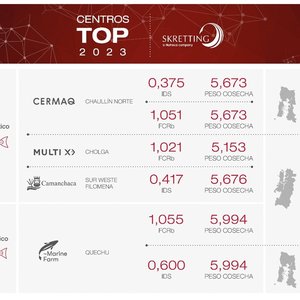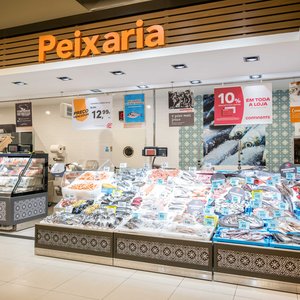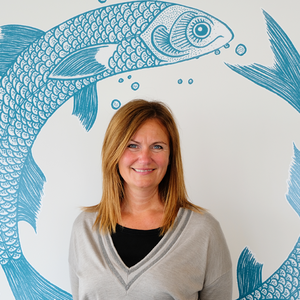Seafood choices alliance releases latest research on
A report has been released by Seafood Choices Alliance detailing the
The report—titled, The U.S. Marketplace for Sustainable Seafood: Are We Hooked Yet? — affirms that while the issue of seafood sustainability has been on the r
The
“The results present positive evidence of a growing awareness in the seafood industry of the importance of choosing sustainable seafood, as well as the environmental impacts often associated with c
The U.S. Marketplace for Sustainable Seafood is a reference for stakeholders in the seafood industry working towards sustainability. This report includes benchmark research on two segments of the seafood value chain—seafood wholesalers and distributors and chain restaurants—as well as updating previous research on the retail sector.
Among key findings of the research:
~ Chain restaurants, retailers and wholesalers have taken action to remove seafood items fr
~ Even though majorities in each sector are concerned about the health of the ocean and its impact on their businesses, 37% of chain restaurants and 69% of retailers expect
` The three sectors also perceive their concern about the ocean’s health to be greater than that of their cust
~ Sustainable seafood appears to be a rising trend based on the percent of sustainable seafood
chain restaurants, retailers and wholesalers say they currently sell, as well as the expectation
among all three sectors for significant growth of the percent of such seafood in five years.
~ However, these results also illustrate a wide degree of latitude in defining “sustainable”; wholesalers in particular report currently carrying high percentages of sustainable product—over half of these respondents say more than 50% of the seafood they sell is sustainable.
Based on these findings, there appears to be a clear business case for continued efforts in identifying and procuring sustainable seafood, as well as ro
In 2006,
According to the FAO, in 2004 the value of world trade was $71.5 billion—a 23 percent increase over 2000 levels—and preliminary estimates are that numbers will be even higher in 2005. Fish is one of the most highly traded food and feed c
About the report:
This report includes highlights of market research c
The surveys, designed and conducted by the independent research firm Edge Research, relied on in-depth telephone surveys with seafood decision-makers at chain restaurants (corporate executive chefs, menu designers and buyers), retailers (seafood buyers, independent store owners and seafood counter managers) and wholesalers. Nationwide surveys were conducted to uncover the influences and concerns of those buying seafood for resale to consumers.
The U.S. Marketplace for Sustainable Seafood executive summary and table of contents, as well as the c







